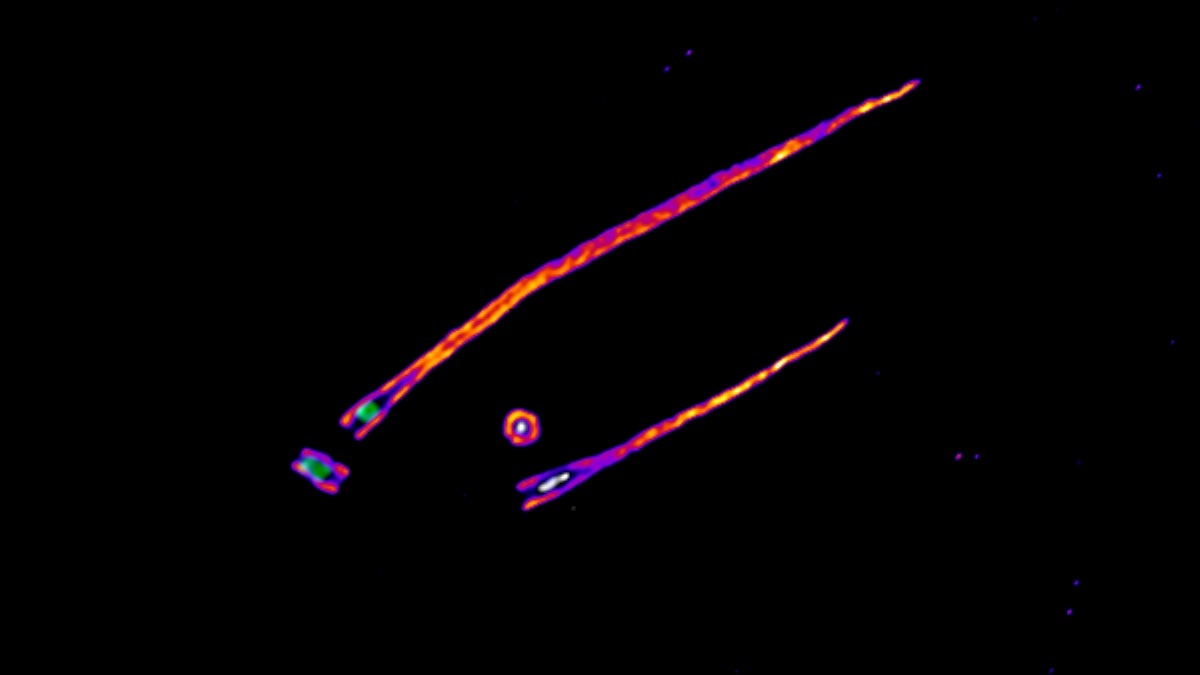The cylindrical structures, centrioles, are involved in the creation of microtubules. Microtubules are fibers in cells that construct a network to offer shape and structure to cells along with mediating transport mechanisms.

γTuRC (white) in the lumen, and associated cilia, hair-like extensions that function as the cell’s “antenna.” Image Credit: Institute for Research in Biomedicine (IRB Barcelona).
Centrioles are also needed to build cilia—hair-like extensions on the cell surface that enable cells to receive and respond to signals from the outside.
Scientists from the IRB Barcelona’s Microtubule Organization laboratory, led by Dr Jens Lüders, pinpointed a vital role for γTuRC as a centriole stabilizer. They also discovered a form of microcephaly in which the new function of γTuRC may be disturbed. It was known earlier that γTuRC was centriole-related and functions as an initiator of microtubule formation; however, this new stabilizer role was unknown until recently.
As microtubules are significant for cell function, their malfunction is linked to numerous human diseases.
Our findings suggest that pathologies linked to defects in γTuRC or its localization, such as certain forms of adolescent scoliosis, ophthalmological disorders, and male infertility, may involve not only defects in the generation of microtubules but also in centriole stability. We hope this new perspective will lead to a better understanding of these diseases.”
Dr Jens Lüders, Institute for Research in Biomedicine, The Barcelona Institute of Science and Technology
Unveiling the γTuRC complex
γTuRC, a protein complex, was discovered more than 25 years ago and has garnered great interest due to its major role in microtubule formation. But the complex structure that the Lüders group identified the past year, in association with the Llorca group at the CNIO (Madrid, Spain), made it difficult to get a detailed description of its behavior and functions.
We had to combine functional assays with expansion microscopy and super-resolution microscopy in human cell cultures to locate γTuRC inside the centriole cylinders and see how it acts as a centriole stabilizer, independent of its role in generating microtubules.”
Dr Nina Schweizer, Study First Author and Postdoctoral Researcher, Institute for Research in Biomedicine, The Barcelona Institute of Science and Technology
Source:
Journal reference:
Schweizer, N., et al. (2021) Sub-centrosomal mapping identifies augmin-γTuRC as part of a centriole-stabilizing scaffold. Nature Communications. doi.org/10.1038/s41467-021-26252-5.